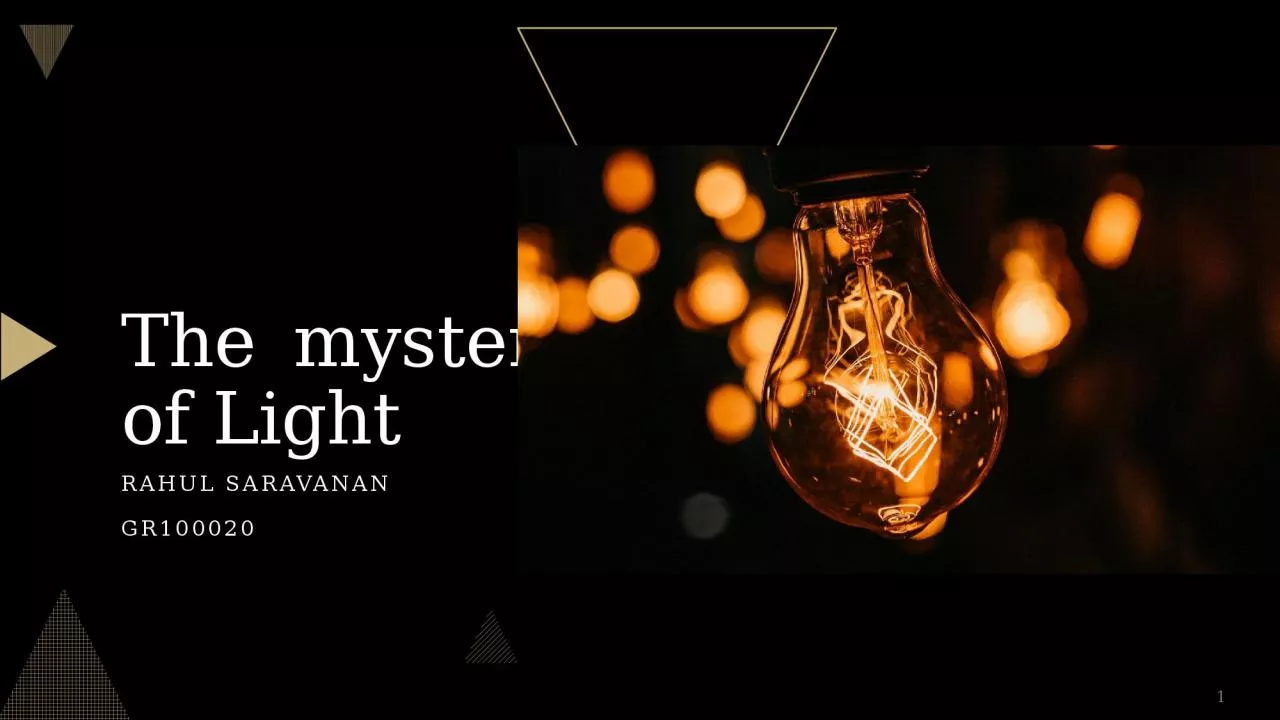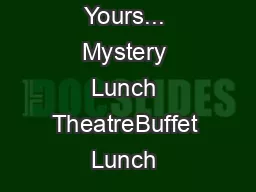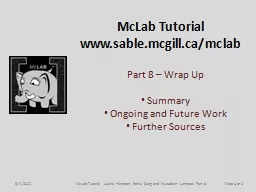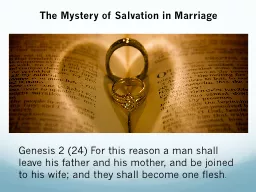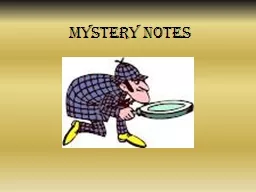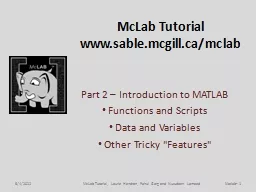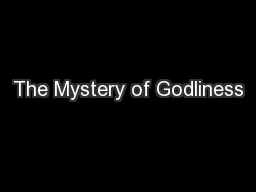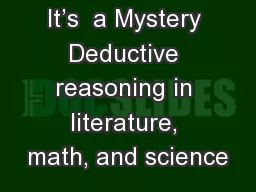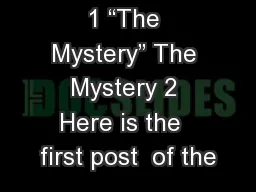PPT-The mystery of Light Rahul Saravanan
Author : elizabeth | Published Date : 2023-09-22
GR100020 1 Index What is light Cool facts about light How did I make the single slit and double slit experiment Observations Results Why did we observe the results
Presentation Embed Code
Download Presentation
Download Presentation The PPT/PDF document "The mystery of Light Rahul Saravanan" is the property of its rightful owner. Permission is granted to download and print the materials on this website for personal, non-commercial use only, and to display it on your personal computer provided you do not modify the materials and that you retain all copyright notices contained in the materials. By downloading content from our website, you accept the terms of this agreement.
The mystery of Light Rahul Saravanan: Transcript
Download Rules Of Document
"The mystery of Light Rahul Saravanan"The content belongs to its owner. You may download and print it for personal use, without modification, and keep all copyright notices. By downloading, you agree to these terms.
Related Documents

